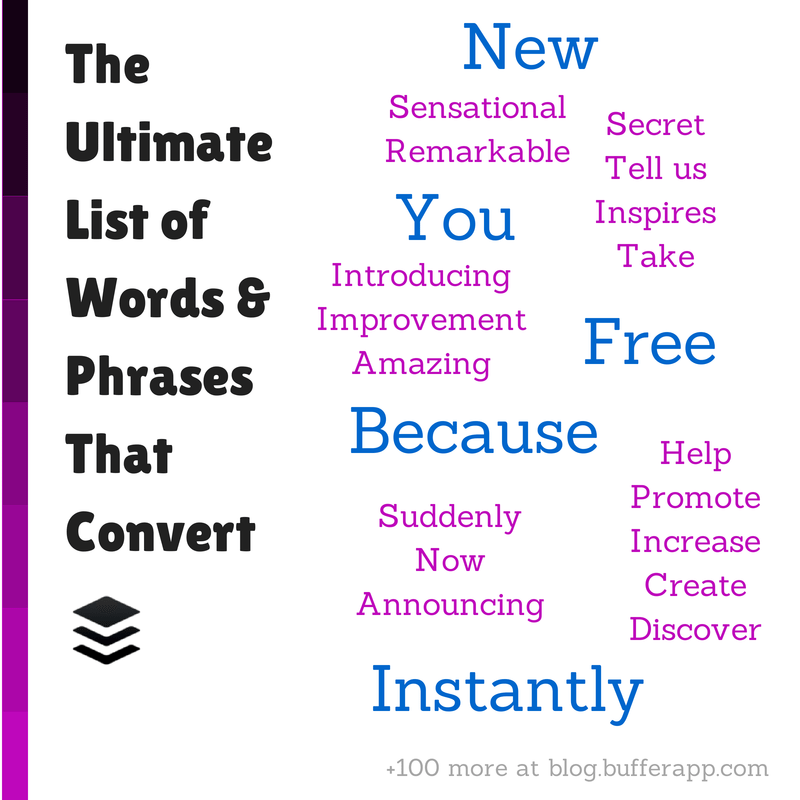This article will cover 6 Tips for Better Direct Response Ads Copy
Recently we’ve been helping a lot of clients with lead generation and one of the solutions we’ve been implementing with high success rates is Direct Response Copy.
First and foremost when your writing advertising copy, you have to keep in mind that every word you write has emotion and meaning behind it.
Knowing how to use them combined with other strategies to generate millions of pounds is no easy task.
The top of the scale in terms of copywriting is “direct response”.
This is the highest paying and most rewarding type of sales copy that can you can actually write.
That’s why we’re going to look at direct response copywriting and some examples.
My Names Richard Santoro and I am the CEO of Social Media Authority, a Digital Marketing Agency based in London, here in the UK.
We’ve been working with numerous business, in different industries and at different stages of growth, startups, SMEs and established brands, to enable them to get generate leads, clients and customers to sell services or products online.
So what exactly is direct response copywriting?
Direct response copywriting is the process of writing sales copy that has the goal of getting an immediate response from your customer.
So quick background – and long before the internet became saturated with content, direct response copywriters churned mass interest in their products and converted thousands and thousands.

In the 1950s and ’60s David Ogilvy became a highly in-demanded copywriter amongst big brands. His legacy as the ‘father of modern advertising’ came after the success of his famous Rolls-Royce ad, headline, which was: “At 60 miles an hour the loudest noise in this new Rolls-Royce comes from the clock”.

Ogilvy explained that the most effective direct response copy doesn’t just talk to your targets- it speaks to them on a personal level. He reminds us that people are most likely to be alone when they read your copy and to address them each individually.
This is one of the reasons why direct response is looked at so highly in the writing and business world. The writer themself is responsible for all of the sales and results generated by the copy. It is also why direct response copywriting is so lucrative.
Let me give you an example. Imagine you charged a client £5,000 for a landing page and it generated them £100,000 in sales. That’s a ten times return on their investment. Not bad right?
Since the copy is as close to the point of sale as possible, it takes a very skilled writer to generate revenue and projects are typically much more expensive.
Some examples of direct response material include:
Landing pages, Fliers, Brochures, Product descriptions, Sales pages, Email newsletters, Advertorials, Magazine ads, Google and Facebook – PPC ads, Etc
So any material that directly speaks to the consumer and prompts them to make a purchasing decision on the spot can be considered direct response copy.
Direct response copywriting is the complete opposite of the ad copywriting you see on TV.
Many TV ad copywriters are working a long-term game sales plan.
They want you to remember their product at some point in the future, when/if you see it on supermarket shelves, in stores and shops.
In contrast, direct-response copywriting focuses on the immediate moment. This is copy that’s about inspiring the buyer to take action as soon as they’re finished reading.
In other words, when you use this method, your goal is to get a direct response from the reader as soon as they have digested your words.
You’re trying to get them to complete an action like:
- Making a purchase
- Signing up for your newsletter
- Downloading a freebie
- Following you on social media
To do this, you have to craft copy that tugs at your reader’s emotions, and, most importantly, address their worries, fears, pain points, or immediate needs.
Most direct response copywriting is long-form.
So why is it so long?
First of all, to be more persuasive, you need to give the reader more information.
After all, what’s easier: Having to convince somebody to buy something in one sentence, or having an entire page to do it?
To quote David Ogilvy, “The more you tell, the more you sell.”
In other words, the more information you can give your reader, the more likely they’ll want to follow up on the desired action.
So here are 6 tips to apply to your Direct Response Ad Copy
1. Own The Solution
In essence, writing copy that converts naturally means that you already own a particular solution to your target markets problem. Owning the solution is only as useful as your prospects say so. Some have only just discovered they have a problem, others might not even know it yet
2. Preempt Objections
Simply having the solution isn’t enough for prospects to start throwing their money at you. Most can imagine the number of things that could go wrong between the time it takes a person to read even the most compelling piece of copy and to hit the checkout button.
In fact, based on a number of different eCommerce studies, the average abandoned cart rate is 68.8% (CampaignMonitor). There will always be some last-minute objections to buying something. Some, obviously, can’t be helped. There are many reasons to eventually neglect a purchase, that could be addressed in your copy and reduce abandoned cart rates.
You need to have clear statements in your copy that will overcome the most frequent objection or mitigate the issue where possible
3. Speak Their Language
If you haven’t already, the best way to speak the language of your audience is to gain a sound appreciation for the way they speak, read and write. Without doing so, you risk relaying the right information in the wrong way. Explore different writing strategies to articulate your audience’s language into words.

Remember direct response copywriting is a direct conversation with the consumer. A conversational tone is only possible when the reader can get a sense of what you’re saying and how you’re saying it. It’s a connection that can only be made possible when the words and tone of the copy are relatable to the consumer.
4. Don’t Neglect Headlines
Often the first contact a person will have with a piece of copy is with its headline. First impressions matter. A lot. If your prospect sees a headline that reflects their own thoughts, they are more likely to click.

The same trend has been found with headlines that are the polar opposite of the reader’s opinion. This, however, is riskier and does little to help conversion rates and the reader is most likely attracted to reading something that is at odds with their own thoughts- and so is not clicking with purchasing in mind.
5. Use Power Words
Words have the power to convert. Hence this article. However, there are some power words that drive the conversion process faster and further. All great writers are familiar with these words and use them as and when to perform particular functions.

Each power word can be used to capture attention and provoke an emotional response. For example, some highlight pain and problems such as, ‘failure’, ‘risk’ and ‘mistake’. Some play on urgency, like ‘now’, ‘limited’ and ‘final’. Certain words can even persuade consumers that they want an exclusive product, such as ‘insider’, ‘members-only’ and ‘log in’.
6. Call-To-Action
Writing copy to convert has one primary function- it’s to directly and personally tell readers to take action. It should tell them what action to take and when to take it. An important feature of a CTA is that it states when a reader should take action.

In some cases, an interesting prospect might want to convert into a customer but will put off doing so and will often forget. By giving easy instructions that invite them to take action immediately, through the use of power words, they’re more likely to convert there and then.
We’ve been having great success with our campaigns and see a good lift in conversions if you would like to know more about how we can help just fill in the form below to book a 20-minute free discovery call.

